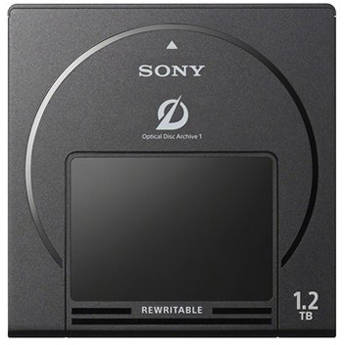I never had the pleasure to deal with 8 inch floppies (the true floppy, 5.25 was already called mini-floppy as I found out much later). But I grew up with cartridges w. ROMs, cassettes, 5.25 and 3.5 diskettes, and I still do have a lot of love for them, even with their shortcomings. It was an entirely different time then, life was different, and people with computers were real nerds. 
I'd not be certain so subscribe that 3.5" ones were all bad - I still have some which work after... 20(?) years, but yes, some would break from one day to the next. And I also remember saving the same files 2x on a floppy and again on a secondary floppy, just even for a transport from university home.
It's nasty that one can hardly get any good floppy (+controller!) on the market, let aside maybe something like Kryoflux.

I'd not be certain so subscribe that 3.5" ones were all bad - I still have some which work after... 20(?) years, but yes, some would break from one day to the next. And I also remember saving the same files 2x on a floppy and again on a secondary floppy, just even for a transport from university home.
It's nasty that one can hardly get any good floppy (+controller!) on the market, let aside maybe something like Kryoflux.



Comment